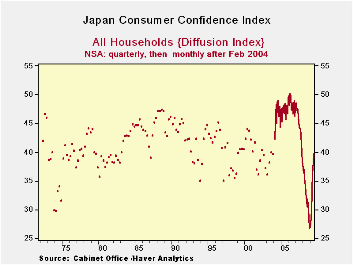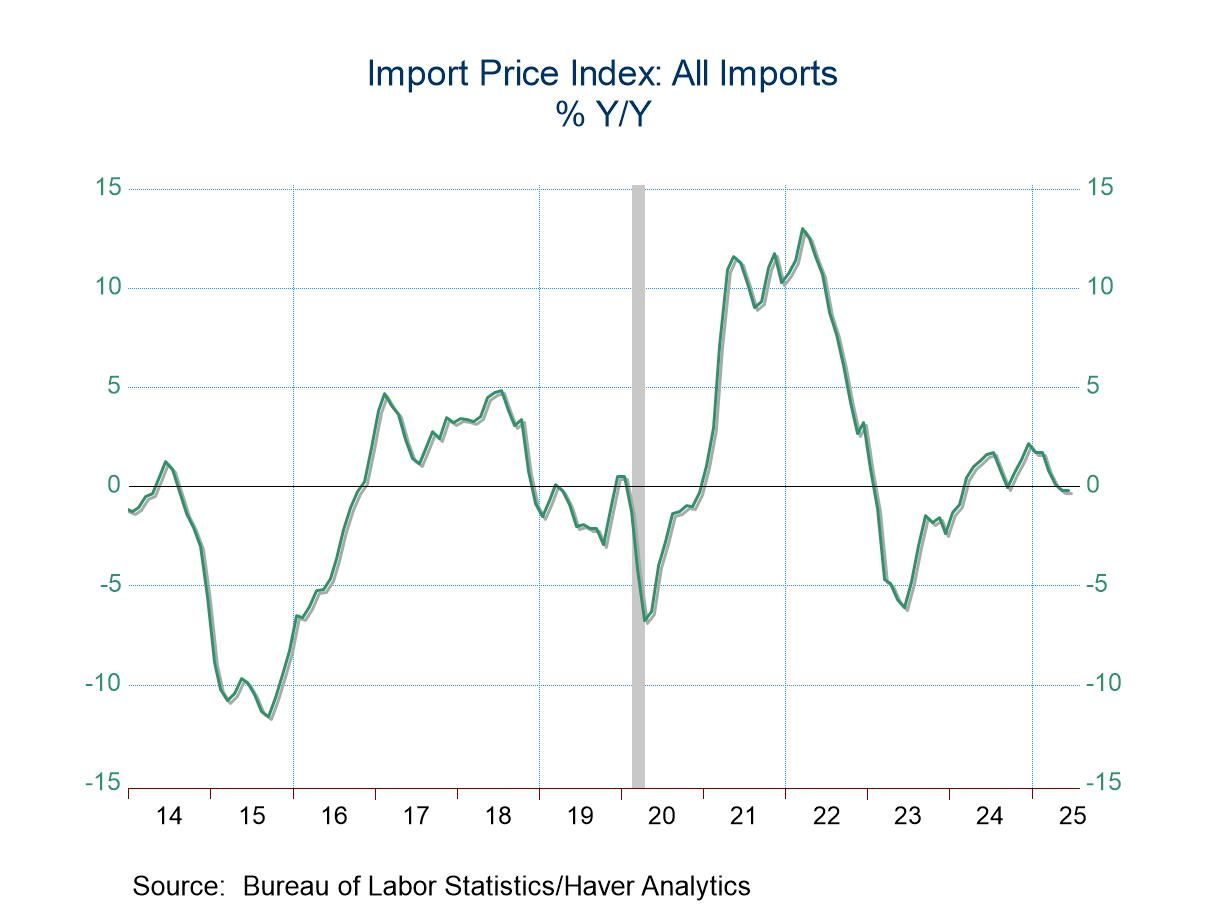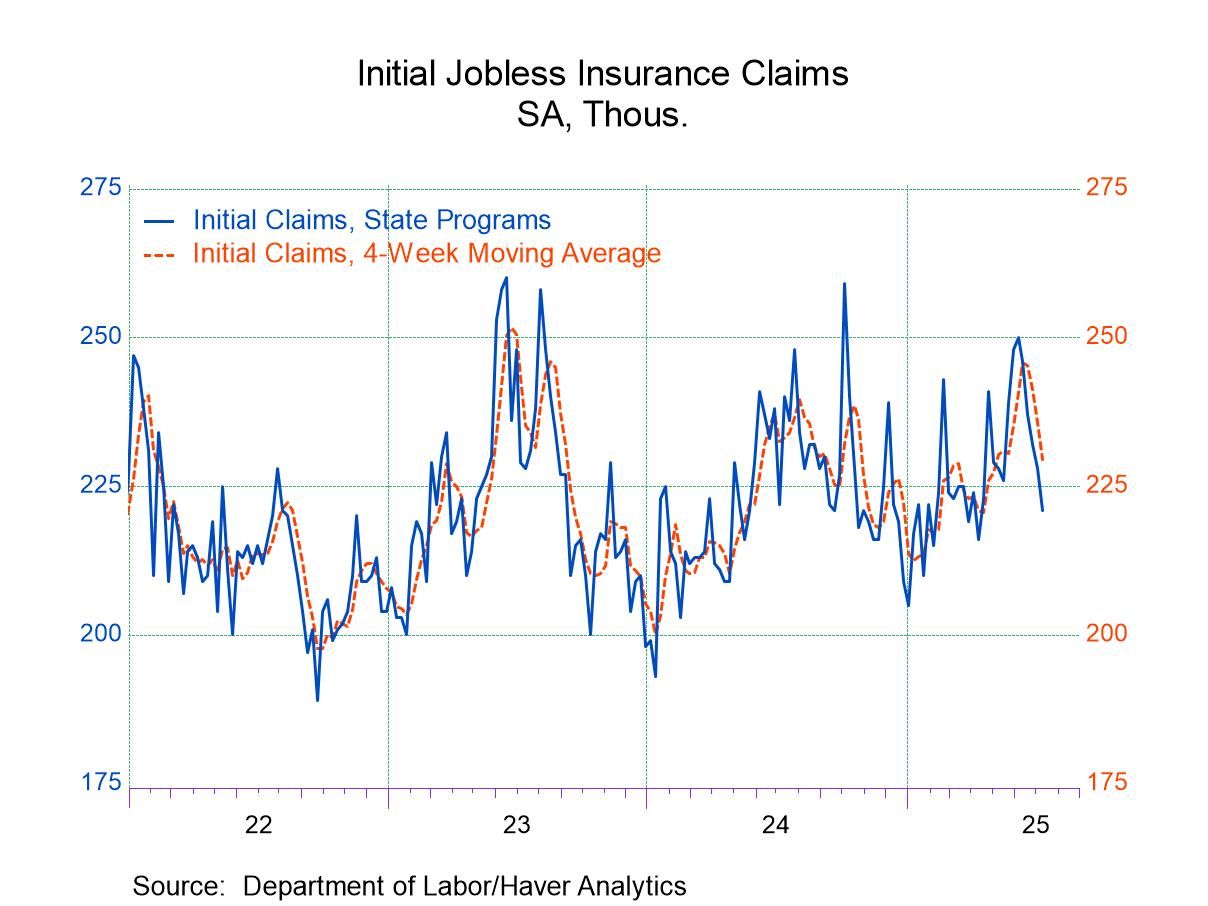 Global| Aug 11 2009
Global| Aug 11 2009Japan Consumer Confidence Rises But Remains Short Of Being Even Neutral
Summary
Japan paradox - The paradox of Japan’s consumer confidence is that the index is over the 50 percent mark of its range. It also stands right at its average level of readings going back to 1988. Even so this is a diffusion index with 50 [...]

Japan paradox - The paradox of Japan’s consumer confidence is
that the index is over the 50 percent mark of its range. It also stands
right at its average level of readings going back to 1988. Even so this
is a diffusion index with 50 as the theoretical point of neutrality. At
a level of 39.4 we are instead at the average reading and at the
mid-point of the range of values of consumer confidence readings going
back about 20 years.
An unexpected standard - Since the economy usually is
expanding, we would expect the average of a figure like consumer
confidence to be above 50. But Japan has had some hard times during
this period including its so-called lost decade. As for the index range
we can’t be a so sure of its values or middle but a value near 50 also
seems likely. The readings on Japan confidence do not conform to
reasonable expectations. So instead so looking at this a diffusion
index with 50 as neutral we should look at it with its man value set as
neutral. In July 2009 the index stands at its mean reading –a mean
reading based on about 20-years of observations. Adjusted for its own
mean, therefore Japan’s confidence level has gotten to zero.
A better interpretation - Based on the plot of past values it
looks like Japan’s consumers are a relatively content when the index
resides between values of 50 and 45 on this index. So while the index
reading is back to its long term average that is not yet a good enough
spot. For now with some rise in machinery orders in hand it looks like
Japan’s economy is getting back on something more like an even keel.
Consumer prices are still falling so it’s too soon to say that Japan is
out of the woods. In last month’s report Japan was the last large OECD
economy still giving off negative readings on the OECD leading
indicators series. But seeing some firmness in consumer confidence does
give us some reason to take heart. Japan may be on the verge of turning
the corner to better times.
| Japan Consumer Confidence | Percentile | |||||||
|---|---|---|---|---|---|---|---|---|
| Monthly | Change over | Of Range* | ||||||
| Jul-09 | Jun-09 | May-09 | 3-mos | 6-mos | 12-Mos | Since 2004 | Since 1988 | |
| Overall Livelihood | 39.4 | 37.4 | 36.3 | 5.6 | 10.2 | 10.1 | 58.9 | 53.7 |
| Income growth | 37.0 | 35.8 | 35.3 | 3.6 | 5.6 | 0.7 | 38.8 | 28.5 |
| Employment | 34.0 | 31.7 | 28.0 | 10.7 | 19.8 | 3.3 | 48.3 | 48.3 |
| Willing to buy Durable Goods | 47.3 | 45.5 | 43.1 | 8.3 | 16.7 | 18.1 | 81.5 | 80.5 |
| Value of Assets | 37.8 | 37.6 | 35.9 | 5.6 | 9.7 | 2.9 | 46.6 | 46.6 |
| For two-person households; * Percentiles since Mar 2004 when series became monthly or full period | ||||||||
Robert Brusca
AuthorMore in Author Profile »Robert A. Brusca is Chief Economist of Fact and Opinion Economics, a consulting firm he founded in Manhattan. He has been an economist on Wall Street for over 25 years. He has visited central banking and large institutional clients in over 30 countries in his career as an economist. Mr. Brusca was a Divisional Research Chief at the Federal Reserve Bank of NY (Chief of the International Financial markets Division), a Fed Watcher at Irving Trust and Chief Economist at Nikko Securities International. He is widely quoted and appears in various media. Mr. Brusca holds an MA and Ph.D. in economics from Michigan State University and a BA in Economics from the University of Michigan. His research pursues his strong interests in non aligned policy economics as well as international economics. FAO Economics’ research targets investors to assist them in making better investment decisions in stocks, bonds and in a variety of international assets. The company does not manage money and has no conflicts in giving economic advice.






